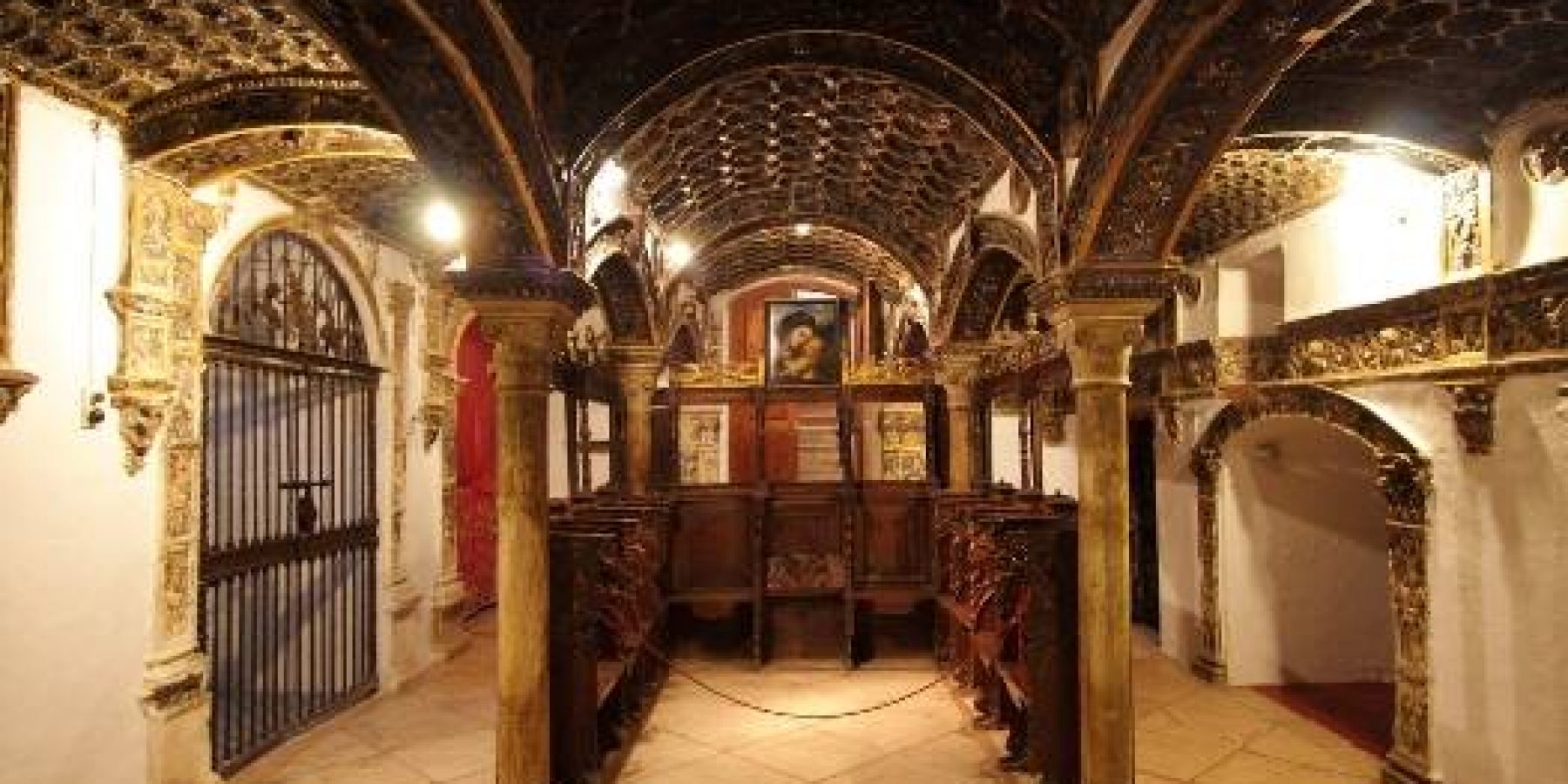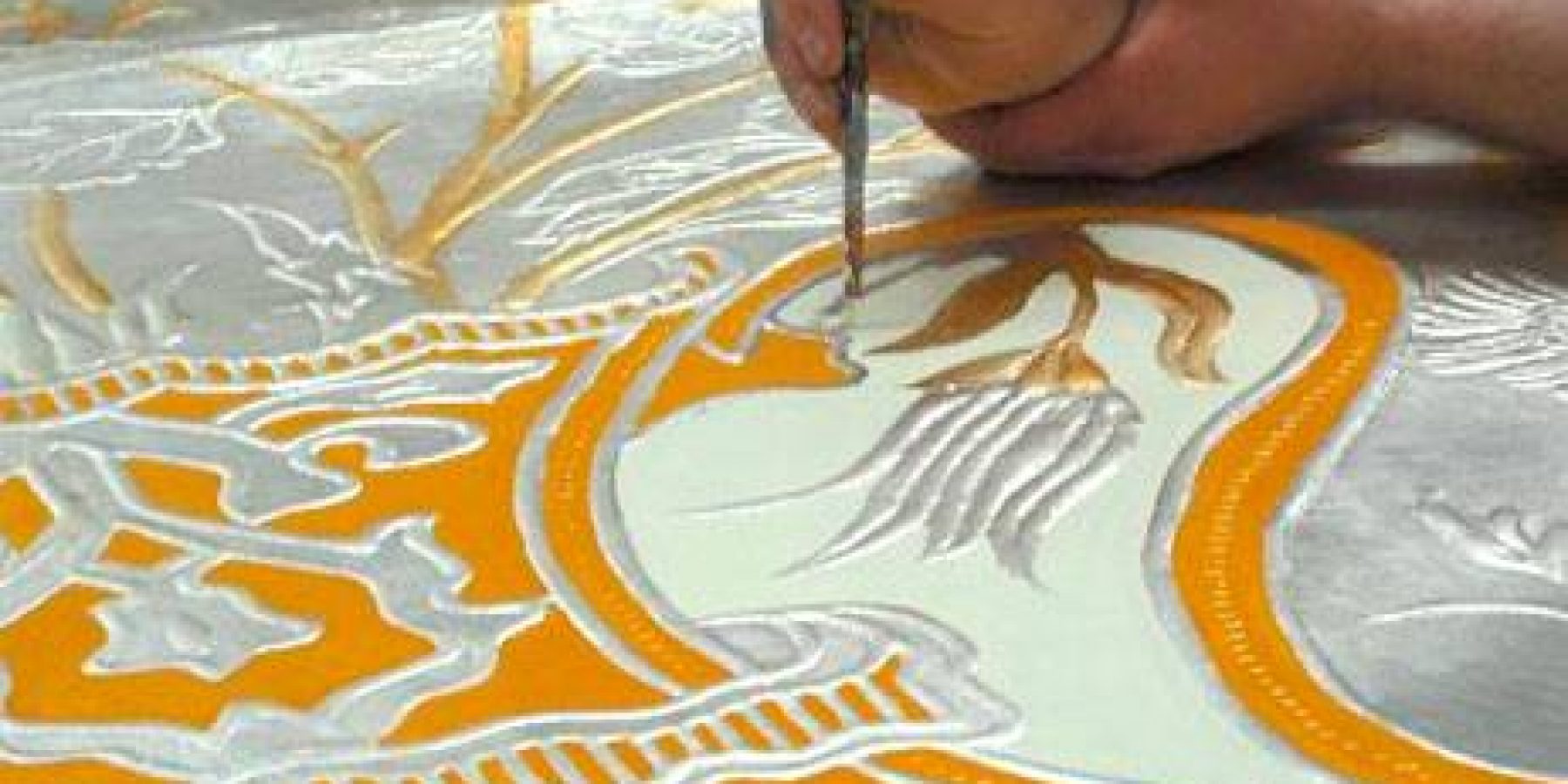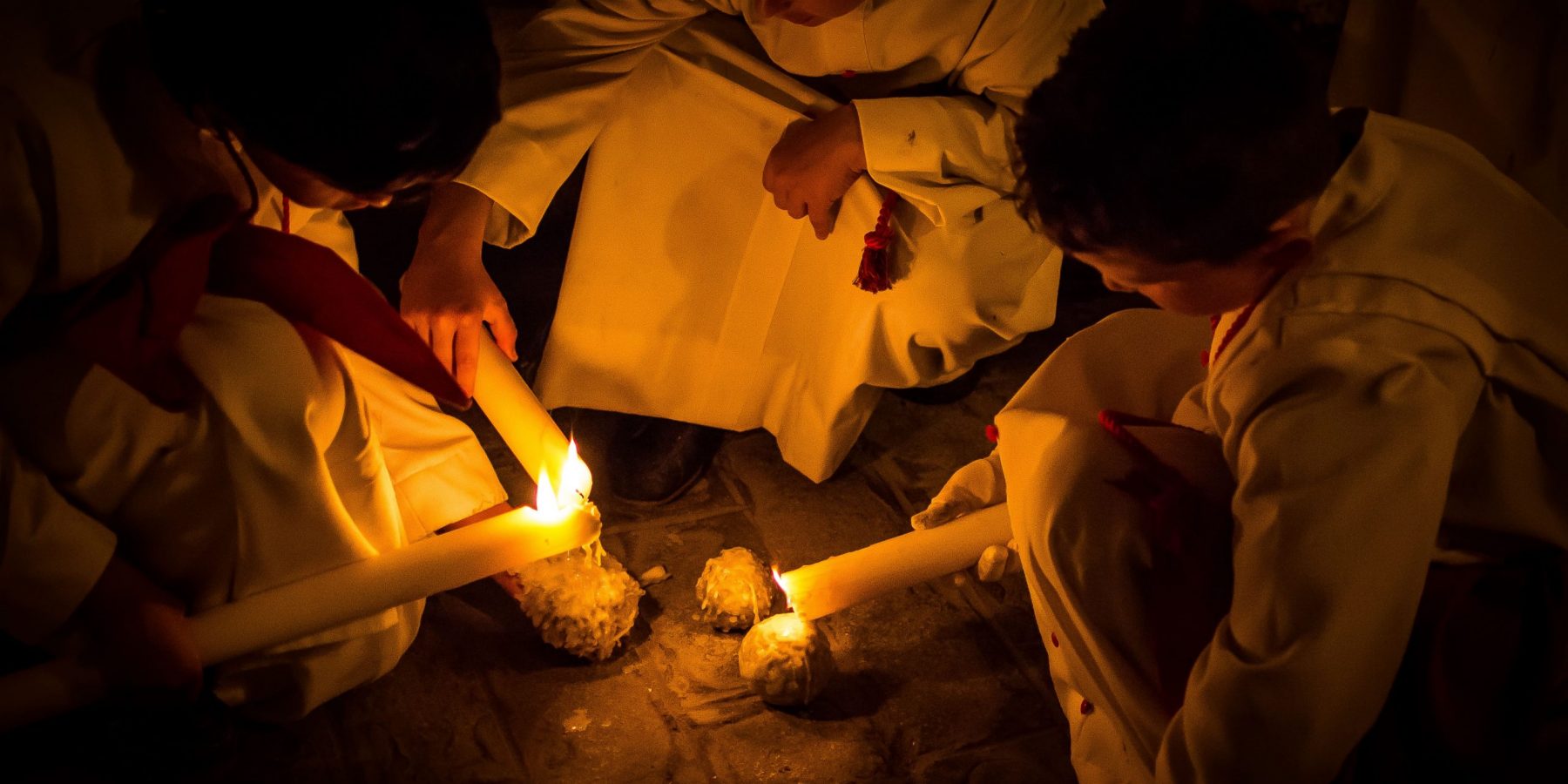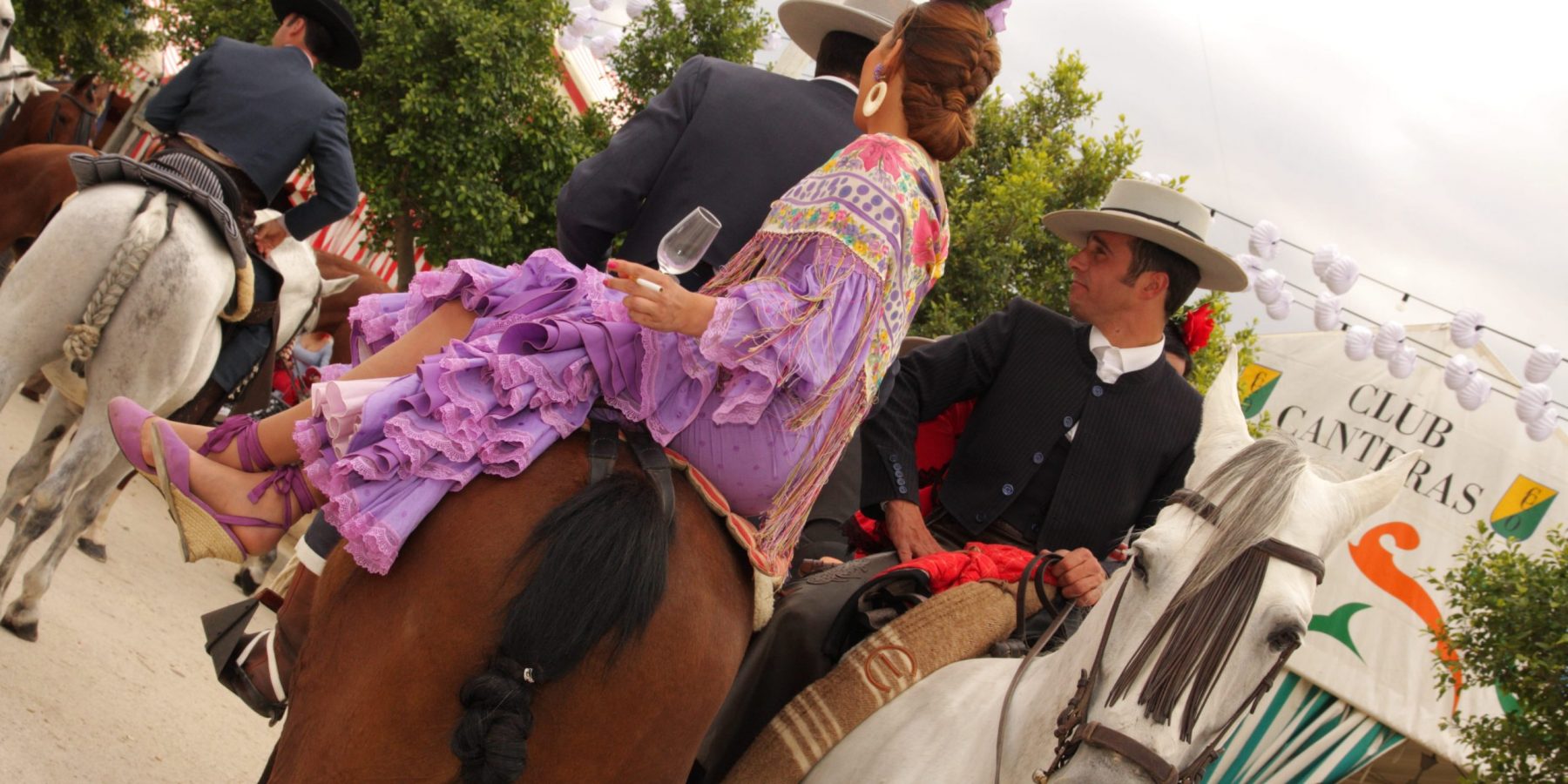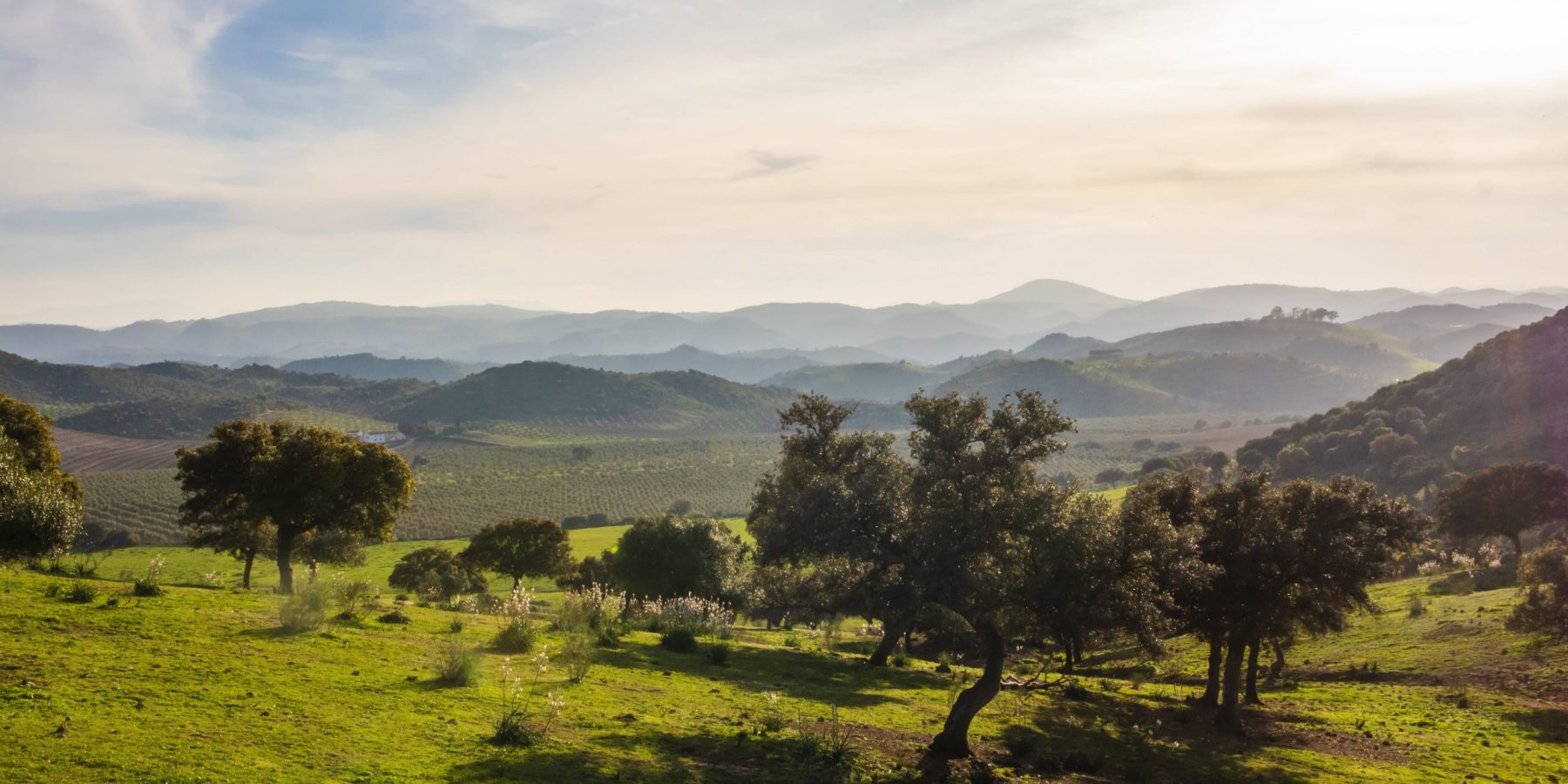A town with a truly outstanding heritage surrounded by the fertile agricultural plain of Seville’s “campiña”, Osuna is the seat of the Duchy of the same name and an off cially recognised Historic-Artistic Site. Its most outstanding buildings –the Collegiate Church, the University and the Monastery of La Encarnación– all bear witness to the way the Dukes of Osuna moulded the town’s urban landscape, and its rich Roman past can still be seen in the amphitheatre and the underground necropolis.
Osuna’s origins date back to the year 1000 BC, during the Tartessos era, identified as the Iberian city of Urso. During the Roman era, it participated in the battles between Caesar and Pompey and during the Al-Andalus period it was called Osona. This period spawned many important poets, scientists, grammarians and jurists.
The Christian conquest was carried out by Ferdinand III in 1240. Later, it was handed over to the Order of Calatrava, with Pedro Girón as the Master of the Order. In 1464, the town was exchanged and thus became the centre of the County of Ureña.
In 1562, the fifth count of Ureña was given the title of Duke of Osuna. His wish to increase social status forced the Téllez-Girón family to develop a construction plan that would completely remodel Osuna’s landscape. It was in this era that the Collegiate, University, 19 monasteries, 4 hospitals, several ancestral homes and palaces were constructed.
The town currently has 18.000 inhabitants.






